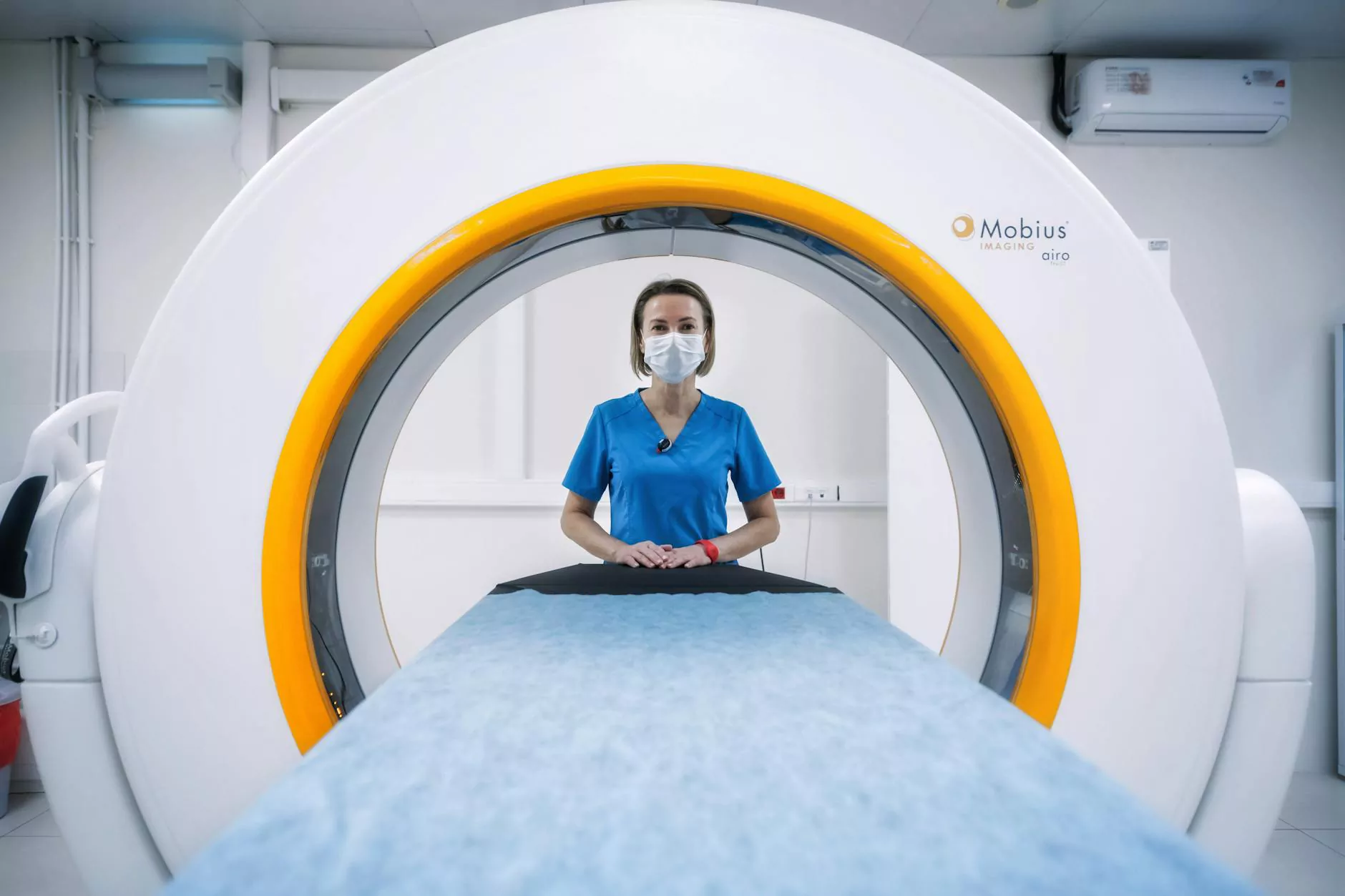Fibroid Removal Before and After: A Comprehensive Insight

Fibroids are non-cancerous growths found in the uterus that can significantly impact a woman’s quality of life. From heavy menstrual bleeding to pelvic pain, they present numerous challenges. Fortunately, fibroid removal offers a viable solution. In this article, we delve into the details of fibroid removal before and after, providing insights that empower patients to make informed health decisions.
Understanding Fibroids
Fibroids, or leiomyomas, vary in size and can affect any aspect of a woman’s reproductive health. Some common symptoms include:
- Heavy Menstrual Bleeding: This can lead to anemia and fatigue.
- Pelvic Pressure: Larger fibroids can cause discomfort by pressing against other organs.
- Frequent Urination: If fibroids press on the bladder.
- Back Pain: Fibroids can also cause pain that radiates to the back.
If you experience these symptoms, seeking medical evaluation is essential. The good news is that with advancements in medical technology, fibroid removal has become safer and more effective.
Types of Fibroid Removal Procedures
There are several procedures available for fibroid removal, and the best option often depends on individual circumstances, such as the size and location of the fibroids, as well as the patient’s overall health. The most common methods include:
1. Myomectomy
A myomectomy is a surgical procedure specifically designed to remove fibroids while preserving the uterus. This option is ideal for women who wish to retain their fertility. It can be performed through various techniques, including:
- Abdominal Myomectomy: Involves a larger incision and is suitable for substantial fibroids.
- Laparoscopic Myomectomy: A minimally invasive technique using small incisions, which allows for quicker recovery.
- Hysteroscopic Myomectomy: Preferred for fibroids within the uterine cavity, entering through the vagina.
2. Hysterectomy
A hysterectomy involves the complete removal of the uterus and is often recommended for women with severe symptoms or for those who do not wish to have children in the future. Types of hysterectomies include:
- Partial Hysterectomy: Removing part of the uterus while retaining the cervix.
- Total Hysterectomy: Removing the entire uterus along with the cervix.
3. Uterine Fibroid Embolization (UFE)
Uterine Fibroid Embolization is a minimally invasive procedure that involves blocking the blood supply to fibroids, which shrinks them. It's an attractive option for women looking to avoid traditional surgery.
The Journey of Fibroid Removal: Before and After
Understanding the journey of fibroid removal before and after can illuminate what patients might expect, offering a roadmap to recovery.
Before the Procedure
Before undergoing any fibroid removal procedure, patients typically go through several preparatory steps:
- Initial Consultation: Discuss symptoms, medical history, and preferred treatment options with a specialist.
- Diagnostic Imaging: Ultrasounds or MRIs may be utilized to assess fibroid size and location.
- Preoperative Instructions: Doctors will provide guidelines regarding medications, fasting, and what to bring on the day of the surgery.
During the Procedure
The procedure itself will vary depending on the chosen method. Generally, patients are put under anesthesia, and the surgeon removes the fibroids while ensuring minimal damage to surrounding tissues.
After the Procedure: Recovery Insights
The aftercare following fibroid removal is critical for ensuring a smooth recovery. What should patients expect?
- Immediate Post-operative Care: Patients will be monitored for a few hours post-surgery in the recovery room.
- Pain Management: Discomfort is typical; doctors prescribe medications to manage pain effectively.
- Activity Restrictions: Patients are generally advised to avoid heavy lifting and strenuous activities for some time.
- Follow-up Appointments: Regular check-ups are crucial in monitoring recovery and addressing any concerns.
Real Stories: Fibroid Removal Before and After Experiences
Hearing firsthand accounts can be incredibly motivating and illustrative. Many women who have undergone fibroid removal have shared transformative experiences:
Testimonial 1: Sarah's Journey
“Before my myomectomy, I struggled with severe menstrual cramps and frequent urination. After the procedure, not only did my symptoms disappear, but I was also able to regain my confidence. I’m now able to enjoy life without fear of unexpected pain.”
Testimonial 2: Jenna's Transformation
“I opted for UFE after learning about it from my doctor at Dr. Seckin's clinic. The procedure was quick, and I experienced minimal downtime. The best part? My fibroids shrank significantly, and I feel healthier than ever!”
Testimonial 3: Maria's Insight
“After having a hysterectomy, I was initially concerned about my recovery. However, the support from my care team made the journey smoother. I can breathe easier now, and I no longer deal with the heavy bleeding that once ruled my life.”
Benefits of Fibroid Removal
Choosing to undergo fibroid removal can lead to numerous benefits, including:
- Improved Quality of Life: Many women report enhanced well-being post-surgery.
- Enhanced Fertility Options: For those looking to conceive, preserving the uterus can be crucial.
- Relief from Symptoms: Reduction in pain, bleeding, and discomfort.
Potential Risks and Considerations
Like any medical procedure, fibroid removal carries potential risks, including infection, bleeding, and damage to surrounding organs. It’s essential for patients to have in-depth discussions with their healthcare provider to fully understand these risks in relation to their unique situation.
Conclusion: Empowering Your Health Journey
Deciding on fibroid removal before and after is a significant step towards reclaiming your health and well-being. By seeking out expert advice and thorough evaluations, patients can make the most informed decisions regarding their treatment options. At Dr. Seckin's clinic, we are dedicated to providing comprehensive care and support throughout your fibroid removal journey.
Call to Action
If you are suffering from symptoms related to fibroids, don’t hesitate! Contact Dr. Seckin's clinic today to schedule a consultation. Empower yourself to take charge of your health and explore the best fibroid removal options available!









